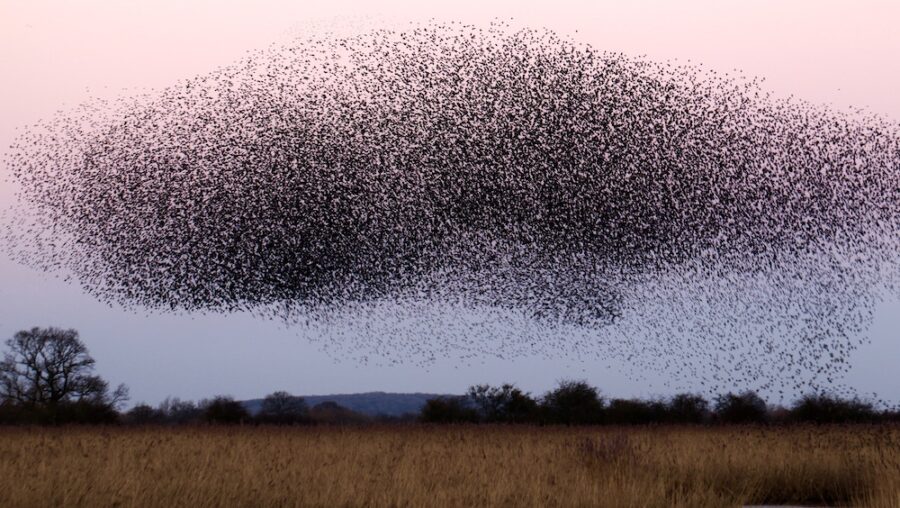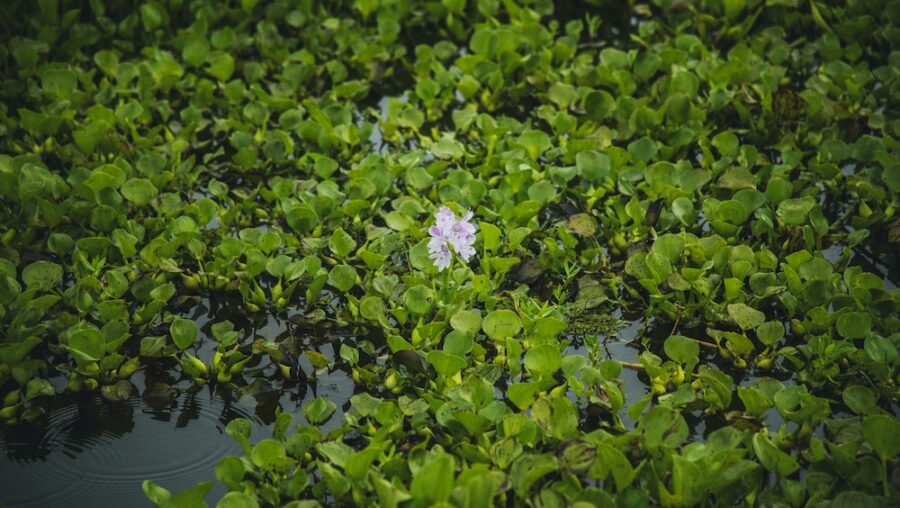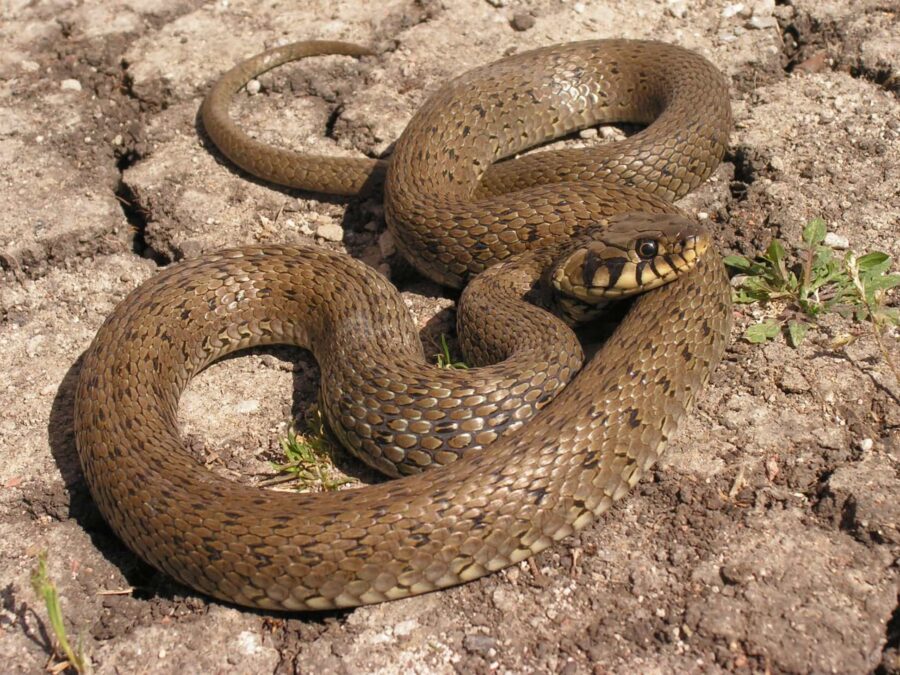Scientists Say Invasive Species Are Getting Totally Out Of Control

Invasive species, those unwelcome guests that disrupt ecosystems, damage crops, and spread diseases, are on the rise and wreaking havoc worldwide. The distressing news comes from the intergovernmental science advisory panel for the UN Convention on Biodiversity (IPBES), which paints a bleak picture of the growing environmental problem.
According to a recent scientific assessment via Science Alert, the cost of this failure to control invasive species is staggering, with the damages and lost income estimated at well over $400 billion annually. This figure is equivalent to the GDP of entire countries like Denmark or Thailand and is likely a significant underestimation of the true economic toll.
37,000 invasive species have established themselves in new territories
The report identifies over 37,000 invasive species that have established themselves in new territories, often far from their native habitats. They range from the water hyacinth choking Lake Victoria in East Africa to rats and brown snakes decimating bird species in the Pacific and mosquitoes introducing diseases like Zika, yellow fever, and dengue to new regions.

One alarming trend revealed in the assessment is the exponential increase in the number of invasive species and the economic damage they cause. Since 1970, the cost of dealing with the problem has multiplied fourfold each decade, highlighting the urgency of the issue. Several factors are contributing to this rapid spread of invasive species.
Economic expansion, population growth, and climate change are chief among them, and they are expected to exacerbate the problem of invasive species in the coming years. The assessment predicts that these factors will increase the frequency and extent of biological invasions, making it even harder to control invasive species.
Economic expansion, population growth, and climate change are major reasons for invasive species
One of the most startling findings is that only 17 percent of countries have laws in place to manage invasive species. While some species are intentionally introduced, many are accidental arrivals. They hitch rides on cargo ships, in shipping containers, or even in tourists’ suitcases. The Mediterranean Sea now includes non-native fish and plants from the Red Sea via the Suez Canal.
Invasive species are a critical driver of biodiversity loss, contributing to 60 percent of documented plant and animal extinctions. These unwelcome invaders interact with other environmental challenges, such as habitat loss, global warming, and pollution, compounding the threats to native species. In many instances, attempts at eradicating them have failed, especially in large bodies of water and open land.

Ironically, the places where eradication has been more successful, such as small islands, are also the most vulnerable to invasive species. The study underscores the need for a global response to this crisis. A recent international treaty aimed at protecting biodiversity has set a goal of reducing the rate at which invasive species spread by half by 2030.
Three main strategies, which include prevention, eradication, and containment, are required to meet this objective. Prevention involves minimizing the introduction of invasive species in the first place. Eradication efforts are directed at eliminating established invasive species, while containment aims to limit their spread.
Only through concerted efforts and international cooperation can we stem this tide and protect our ecosystems for future generations.












